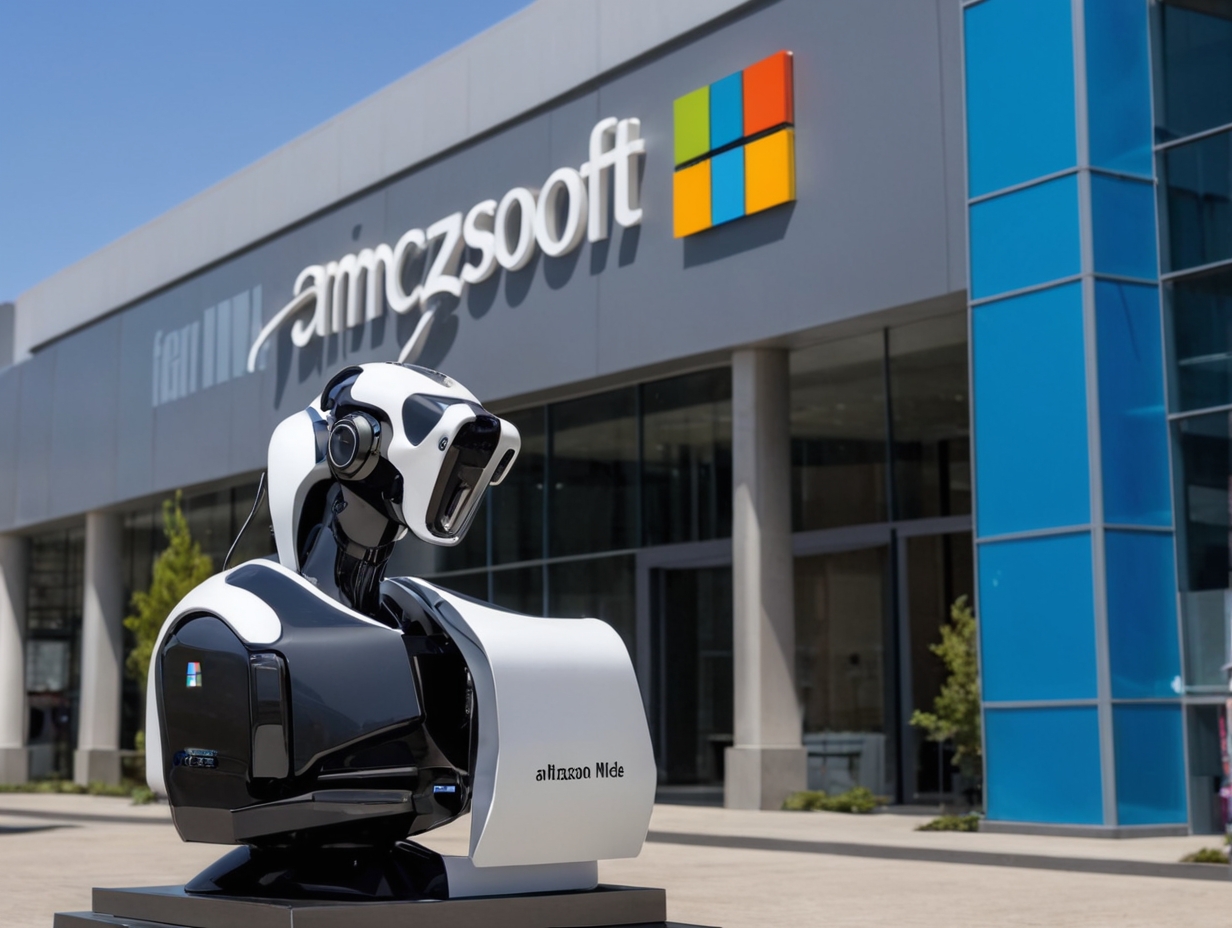In a turn of events, the rollercoaster saga at OpenAI has taken a new twist as co-founder Sam Altman officially resumes the role of chief executive. The announcement comes in the aftermath of a tumultuous week that witnessed Altman’s ousting, his impending move to Microsoft, and an eventual return, leading to a significant reshuffling of OpenAI’s board. Notably, Microsoft secures a non-voting seat on the board in this transformative deal, solidifying its ties with the influential AI startup.
Sam Altman’s resilient return and board dynamics unveiled
Amidst the rollercoaster of events, the official return of Sam Altman as OpenAI’s CEO marks a pivotal moment for the company. After initially facing a board-led ousting and a subsequent attempt to join Microsoft, Altman is back at the helm. The saga unfolded before Thanksgiving, with a staff revolt adding to the corporate drama. In a notable deal, the board was reshuffled, and Altman’s return was confirmed on Wednesday.
As Altman reassumes leadership, Microsoft makes a strategic move, securing a non-voting seat on OpenAI’s board. Being a major investor in the AI startup, this development cements Microsoft’s influence within the company. Altman, in a blog post, acknowledges the significance of this collaboration, expressing his excitement about the future and gratitude for navigating through the unclear and unprecedented situation.
The reshuffling of OpenAI’s board brings back familiar faces to key positions. Mira Murati, who briefly served as interim CEO, returns to her role as chief technology officer, while Greg Brockman reclaims the position of president. The new board lineup features notable figures such as former Salesforce CEO Bret Taylor, former Treasury Secretary Larry Summers, and Quora CEO Adam D’Angelo.
The board restructuring sees the departure of co-founder Ilya Sutskever, who initially voted to oust Altman but later supported his return. Altman, acknowledging the situation, expresses no ill will towards Sutskever and hints at a potential ongoing collaboration. Also, independent board members Helen Toner and Tasha McCauley exit as part of the deal that facilitated Altman’s return.
OpenAI’s strategic blueprint – Altman’s vision and governance revolution
Altman outlines his priorities moving forward, emphasizing a commitment to further research, increased investment in AI safety efforts, and the continuous improvement of OpenAI’s products. The CEO, alongside the newly configured board, aims to build a more diverse perspective within the organization, enhance governance structures, and conduct an independent review of recent events to ensure transparency and trust.
Board chair Bret Taylor, in a blog post, sheds light on the steps to enhance OpenAI’s corporate governance. The focus is on building a qualified, diverse board comprising individuals with exceptional expertise aligning with OpenAI’s mission. Taylor emphasizes the necessity to “enhance” governance structures, fostering trust among stakeholders and ensuring OpenAI’s continued success.
As OpenAI navigates this period of transition, the return of Sam Altman and the strategic collaboration with Microsoft shape a new trajectory for the company. The board reshuffle and commitment to diverse perspectives signal a commitment to strengthening governance. Yet, amidst these changes, questions linger about the future dynamics within OpenAI. How will the collaboration with Microsoft unfold, and what impact will Altman’s return have on the company’s trajectory? Only time will reveal the answers, but one thing is certain—the landscape of OpenAI is evolving, and the implications are bound to be profound.





